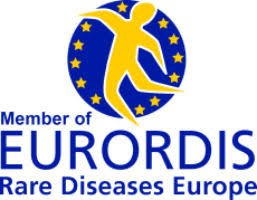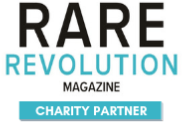Glossary of Terms
We’ve created a list of scientific and medical terms that might be useful to help you understand your diagnosis better.
A
Autosomes
B
Bands
C
Cells
Centromeres
Chromosomes
D
Deletion
DNA
Duplication
E
Exons
Exons are the segments of DNA that code for a protein. Together axons make up the exome
Exome
F
FISH
FISH (Fluorescence In Situ Hybridization) is a special test that can detect and locate specific chromosome regions. The targeted chromosome region “lights up” if it is present, due to a fluorescent tag. FISH can be used to help scientists learn if a chromosome region is present or absent in a sample, and if it is in its proper position or not. FISH therefore can help us learn about the number and structure of certain chromosome regions, including the regions at the ends of chromosome 20, which are arranged in a different structure and may be missing if someone has r(20).
G
Genes
Genes provide coded instructions that tell our bodies how to develop, grow, and function. They also help determine many of our unique traits, like height and eye color. Genes are made of DNA and they are inherited from our mother and father. Each person has around 20,000 – 25,000 genes stored in our Chromosomes.
Genome
The genome is the complete set of all of the genetic material
I
Introns
Introns are the segments of DNA that do not code for a protein. Introns used to be thought of as “junk DNA” but we now know that some introns play important roles, like turning genes “on” and “off” and controlling how much protein is made from a gene.
K
Karyotyping
M
Microarray
Monosomy
Mosaicism
N
Nucleus
The nucleus is a special structure within each cell that contains and protects the Chromosomes.
Nucleotide
P
Proteins
P Arm
Q
Q Arm
R
Ring Chromosomes
Ring Chromosomes are formed when the two ends of a chromosome become joined or “fused.” This causes the chromosome to be a circular structure (a ring) rather than a long string-like structure.
S
Sequencing
Sequencing refers to determining the order of the 4 bases in a segment of DNA (all of the As, Ts, Gs, and Cs).
Sex Chromosomes
Sex Chromosomes are the “X” and “Y” Chromosomes. Males usually have one X chromosome and one Y chromosome. Females usually have two X Chromosomes.
Supernumerary
A small supernumerary marker chromosome (sSMC) is an extra copy of a chromosome that is usually a small chromosome piece with an abnormal structure. For example, someone with a supernumerary ring 20 chromosome has two “normal” copies of chromosome 20, plus an additional (third) copy of chromosome 20 in a ring shape.
T
Telomeres
Telomeres are the very ends of the chromosome. Here, the arrow is pointing to the telomere on the p arm of chromosome 20.
W
Whole Genome Sequencing
Whole genome sequencing (WGS) is sequencing the entire genome. WGS determines the order of all of the bases in a person’s DNA (all of the As, Ts, Gs, and Cs).
Whole Exome Sequencing
Whole exome sequencing (WES) is sequencing just the exons (the DNA that gets “expressed” and codes for proteins).








